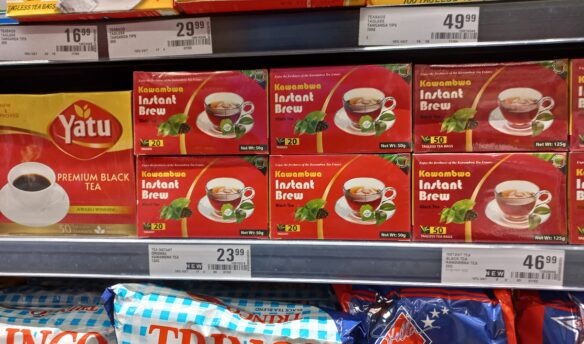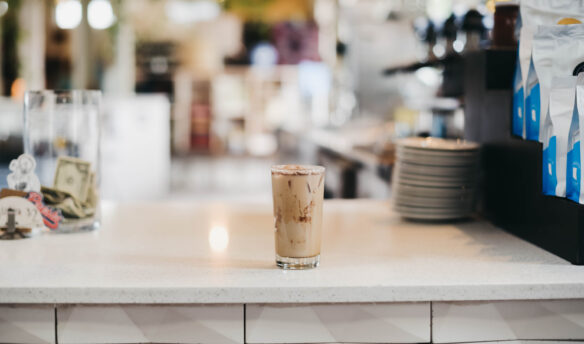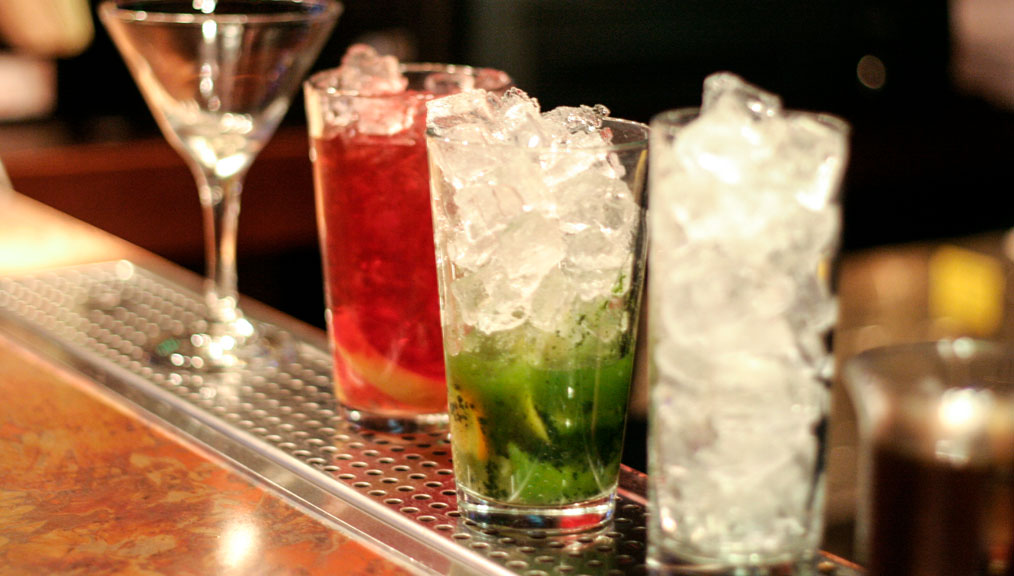[T]ea is on the rise, that much is clear. And across the globe, tea drinkers are demanding more from each cup than ever before. Increased awareness of origin and the power of fair trade—as well as an emphasis on quality—are all steering consumers away from simplicity and into a deeper understanding of tea’s character and complexity. Loose-leaf tea is no longer an unattainable premium, and teas once thought too bitter for American palates are celebrated. Tea drinkers across the board are paying more attention to how they brew, and brewing accessories reflect their enthusiasm.
As with coffee, tea-brewing accessories are steadily filtering into two categories: manual and automatic. But modern teaware has evolved in response to other trends, too, including demand for quality, on-the-go tea and a return to tea tradition and ancient brewing techniques. We spoke to some of the industry’s leading tea retailers and connoisseurs to learn how today’s consumers are steeping their tea—and what that may mean for the future of the leaf.
[O]ne trend that has undeniably influenced modern teaware is a shift toward convenience. Today’s tea drinkers care about quality, but they also lead busy lives and desire the ability to recreate the ideal cup of tea easily, wherever they may be. In recent years the market has been flooded with new ways to steep on the go, from portable French presses to tumblers with built-in filters, single-serve brew baskets, all manner of thermoses, and higher-grade dehydrated or powdered teas that cut out steeping altogether. Even an increase in the availability of do-it-yourself paper tea filters speaks to the popularity of easy-to-use loose leaf.
Colorado-based tea retailer The Tea Spot took note of this trend early on, and the company currently offers a full line of products geared toward on-the-go tea enthusiasts. The Steep & Go fits onto standard disposable water bottles and allows the drinker to cold brew tea in ten minutes, from anywhere, while the Steeping Mug—a handcrafted mug with a large-volume infuser and lid—simplifies the individual brewing experience. Another popular Tea Spot product, the Tuffy Steeper—a lightweight, collapsible brew basket that is compact and easy to clean—was featured by popular practitioner Dr. Oz. Tea Spot owner Maria Uspenski describes how attitudes are changing toward the tea experience: “Tea is moving away from being an event, where a hostess or her mom or grandma steeps up the same tea for six people in a big pot,” she says, “to where you can have an office or a group of friends who can each steep up their own individual serving of a different tea of their preference.”
“Customers want to be able to take their tea ritual with them throughout the day, so they need a variety of brewing options.”
Another category that has seen expansive growth is the automatic tea maker, including one-touch brewing systems and electric kettles. These offer control in addition to convenience by allowing the drinker to hone in on tried-and-true brewing techniques with features such as variable temperature control and timers for different types of tea. “The biggest trend we see is customers looking for convenient, high-quality tea brewing accessories that are functional and easy to use,” says Suzanne Payne, merchandise product development manager at Teavana. “Customers want to be able to take their tea ritual with them throughout the day, so they need a variety of brewing options.” With portable tea accessories and devices like the Breville One-Touch Teamaker and the Bonavita Variable Temperature Kettle all vying for space in the teaware market, it’s clear that tea drinkers want the best of both worlds.
[T]here’s a developing sense of exploration into the world of tea,” says TeaSource founder Bill Waddington, “particularly the world of unusual and exotic tea.” Waddington says that while the specialty tea world has indeed experienced a push in the direction of convenience, it has also seen an equal push almost in the opposite direction, toward authenticity. As tea drinkers crave higher-quality teas and learn more about where their tea comes from, they are gaining an appreciation for the sense of tradition and ritual that surrounds this ancient beverage, and they’re looking to replicate those qualities at home.
Waddington points to the rise in popularity of the traditional Chinese gaiwan, a three-piece brewer made up simply of a saucer, bowl and lid. “We’re selling more gaiwans that I’ve sold in seventeen years,” he says. “It’s the epitome of authenticity.” But, true to the trend of convenience, traditional brewing accessories like the gaiwan are also receiving modern makeovers—built-in filters and finger grooves that make bowls easier to hold are giving this 3,000-year-old device new life and easing it into the tea mainstream.
At the same time, tea ceremony is still very much alive, and as more tea drinkers become tea purists, traditional pieces like cast-iron or ceramic pots, Japanese matcha whisks and mate gourds are all accorded shelf space next to more futuristic accessories. For today’s tea drinkers, ritual holds a place of honor next to accessibility.
[J]ust as the tools tea drinkers use are evolving to catch up with a higher standard of brewed leaf, so are brewing methods themselves changing to meet expanding tastes. As consumers become more connected to tea’s origins, the industry is adapting by bringing tea traditions to light. On the one hand, this means more retailers are offering customers a lesson in tea culture, in addition to rare varietals and producer stories. And as hard-to-find teas become more accessible and Western palates acclimatize to more traditional flavors, variables like temperature and brew time are shifting to reflect tea origins and histories.
In China and Japan, for example, green teas are drunk hotter and stronger than in much of the world. But as tea drinkers become more connected to the regions their leaves hail from, and their attention is tuned into tea growers, gardens and micro-lots, they’re considering how producers prepare the tea themselves. “That means using a hotter temperature, so you’re pulling a little more bitterness but you’re also pulling more flavor into the cup,” says Waddington. “People are willing to accept bitter not as a bad thing, but as one more possible taste sensation. You don’t want something where ‘astringent’ is the only quality you taste, but it provides a contrast to sweet or grassy. So people are brewing green teas and oolongs hotter and stronger than they ever have.”
In addition, tea connoisseurs are experimenting with what have previously been considered standard brew times and tea-to-water ratios. It’s more common, for example, to add more tea and use a much shorter brewing time—sometimes less than a minute. The goal is to pull different flavors out of unique teas to create an entirely new drinking experience. It’s through this adventuresome spirit that the possibilities for Camellia sinensis are growing, and the future of tea is bright.

















